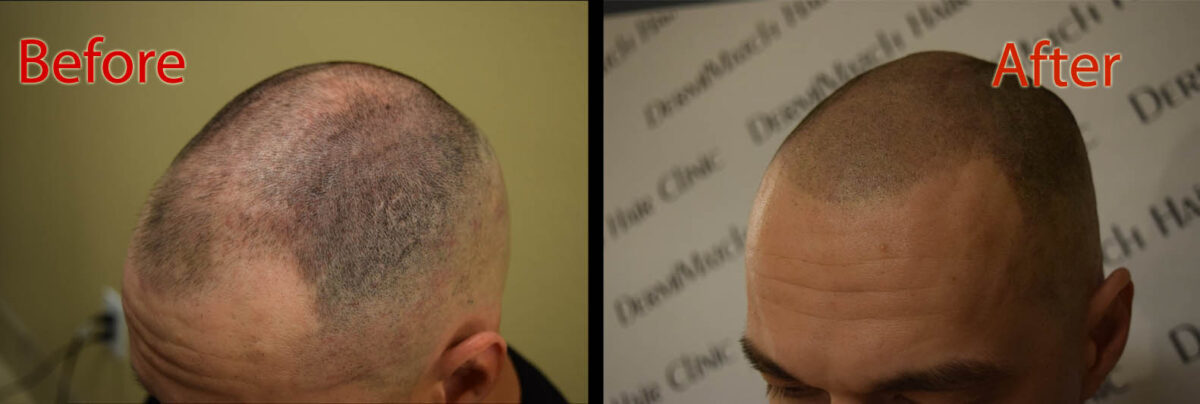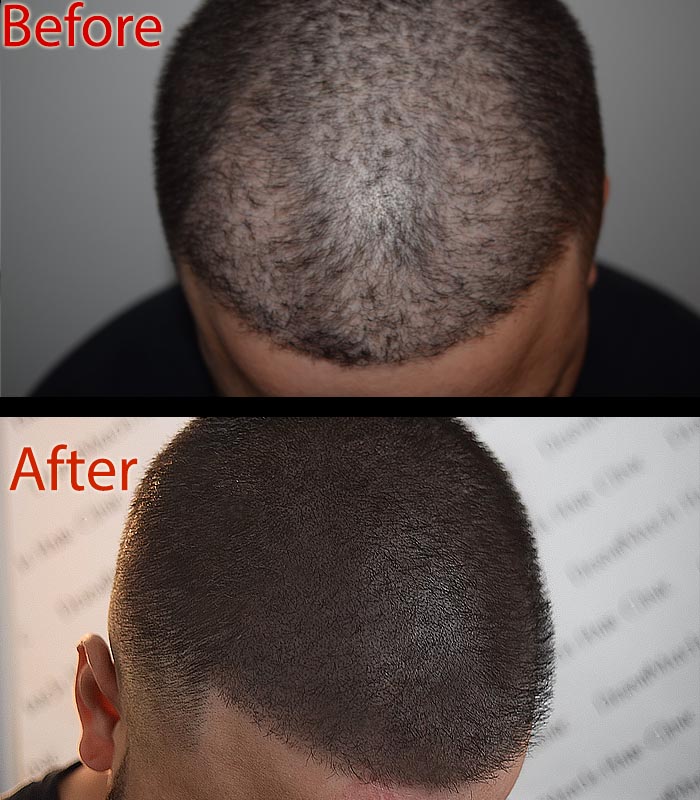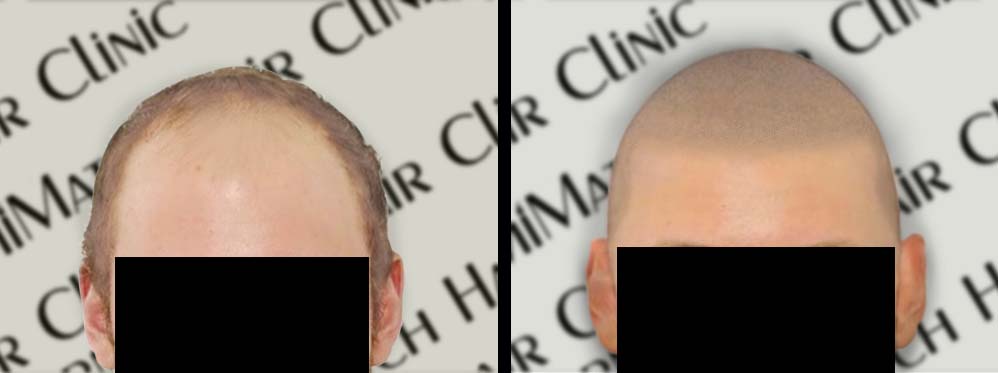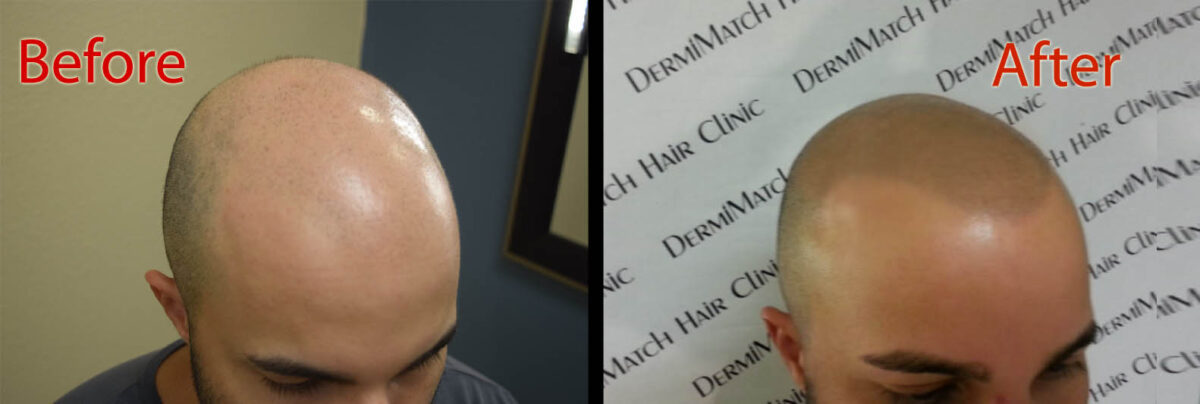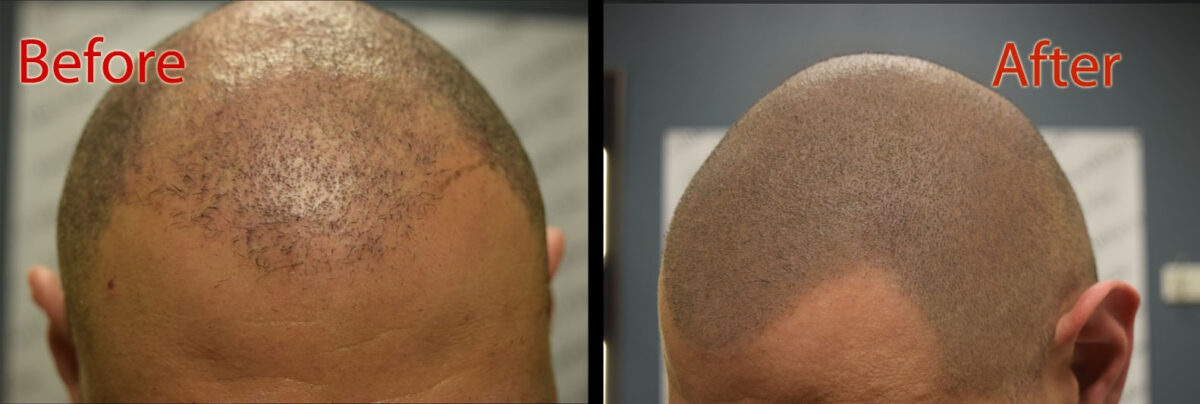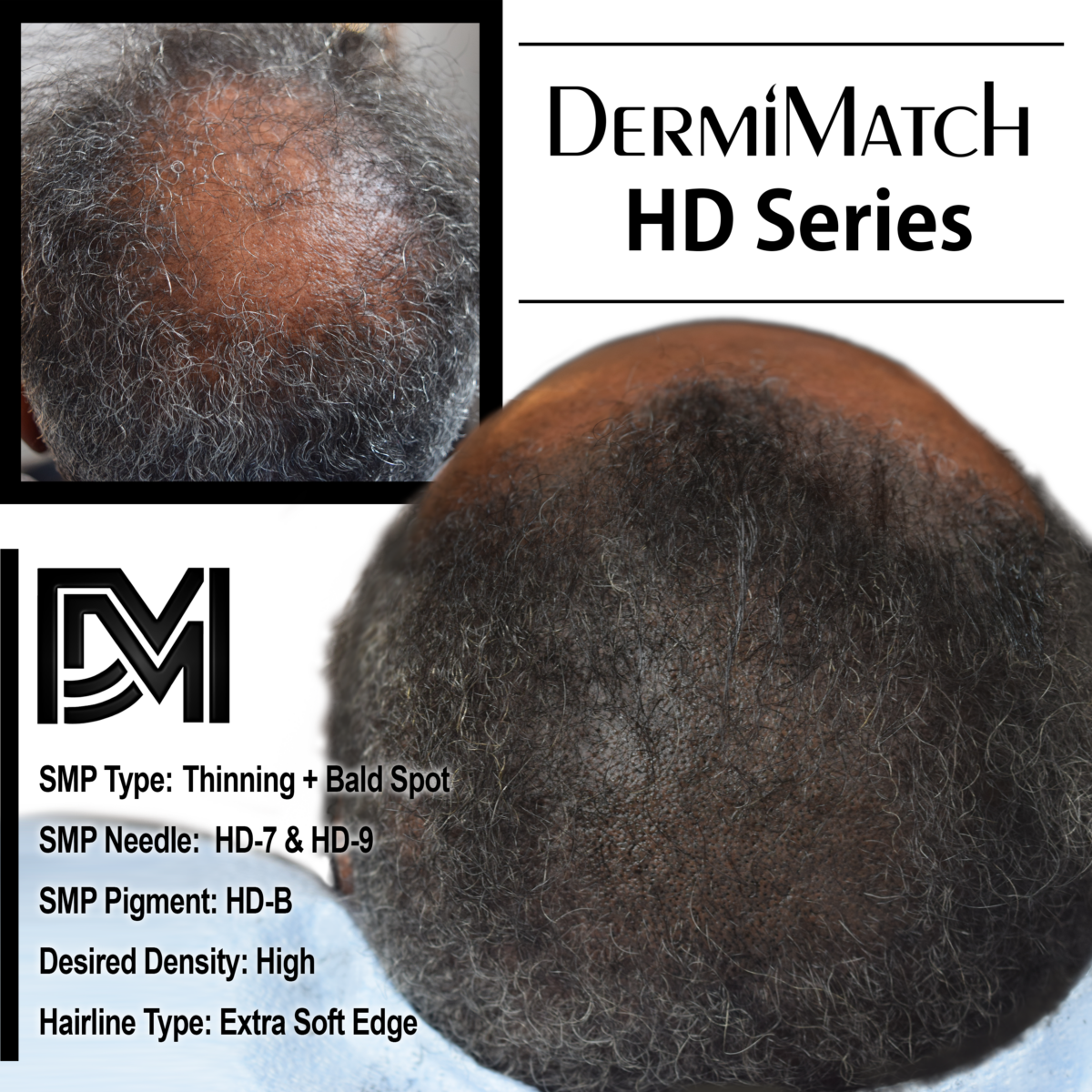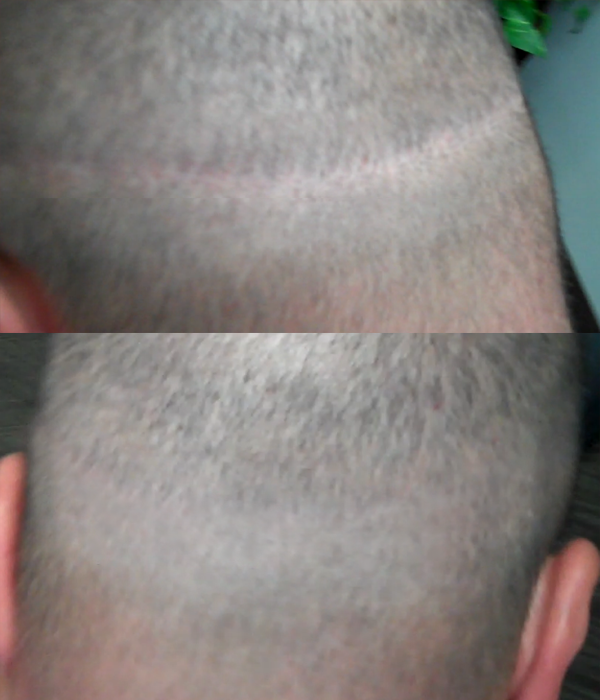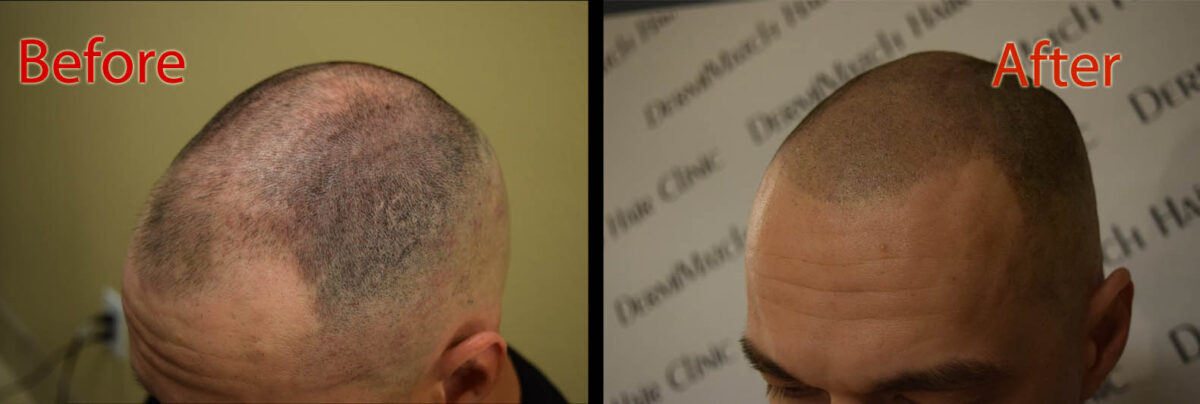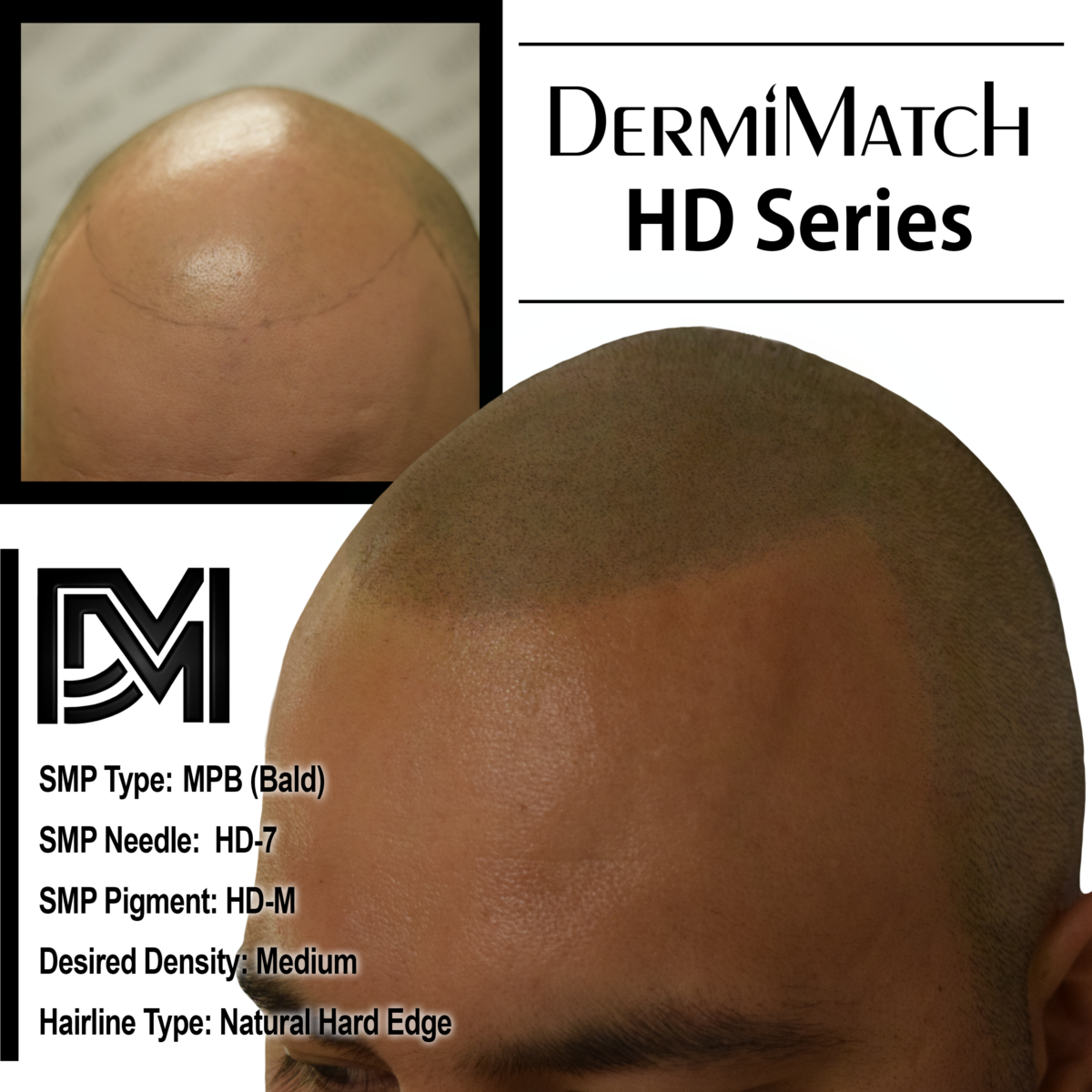Curry leaves have gained popularity as a natural remedy for hair loss due to their potential benefits. While the exact mechanisms through which curry leaves promote hair growth are not fully understood, scientific research suggests that certain compounds present in curry leaves may contribute to hair health and potentially prevent hair thinning.
No doubt, curry leaves for hair thinning and growth has been a popular ancient Indian remedy.
Curry Leaves for Hair Loss Prevention
Antioxidants
Curry leaves are rich in antioxidants, such as flavonoids and carotenoids. These antioxidants help protect the scalp and hair follicles from damage caused by free radicals, which can contribute to hair loss.
Nutrients
Curry leaves contain essential nutrients like iron, calcium, and vitamin C. These nutrients are vital for overall hair health and can help strengthen hair follicles.
Anti-inflammatory and antimicrobial
Curry leaves possess anti-inflammatory and antimicrobial properties that can help reduce scalp inflammation and fight scalp infections. This makes curry leaves for hair health a potent weapon for people with scalp infections, which are often associated with hair loss and might interfere with hair growth.
How to Use Curry Leaves for Hair Growth?
There are several ways to incorporate these leaves into your hair care routine:
- Curry Leaf Hair Oil
- Curry Leaf Hair Mask
- Curry Leaf Shampoo or Conditioner
But if you have any allergies to curry leaves, it is essential to avoid using them. Anyone with severe hair loss, hair thinning, or pattern baldness may not have enough patience and time to see improvements in hair health with curry leaves. It may take several weeks or months to see improvements in hair growth for many people.
The curry leaf hair loss treatment may be effective for people with normal hair loss, which is not induced by any medical condition.
Scalp Micropigmentation: Is it A Permanent Solution?
Someone looking for a permanent hair treatment with almost instant results can trust scalp micropigmentation instead of a hair loss treatment with natural remedies. Natural treatment may or may not work in many cases.
While curry leaves can be a helpful addition to your hair care routine, they may not be sufficient for individuals with significant hair loss. In such cases, scalp micropigmentation (SMP) may be a more effective and permanent solution.
During SMP, a skilled scalp artist applies tiny dots of specialized ink to the scalp of the client. The treatment tries to recreate the look of shaved hair while disguising hair loss problems and creating a fuller, more natural-looking appearance.
If you are considering SMP, it is essential to consult with a qualified professional who can assess your individual needs and determine if it is the right option to add volume and thickness to your hair.
The best SMP professional in Arizona can help you overcome your hair loss woes and restore your confidence.
Where to Find Skilled Arizona SMP Artists?
Top scalp experts are available in DermiMatch Clinic, who have years of experience in helping patients overcome the misery of a poor scalp health. They have treated patients with thinning hair, receding hairline, and pattern baldness.
Get in touch with top scalp micropigmentation practitioners in Arizona now.

